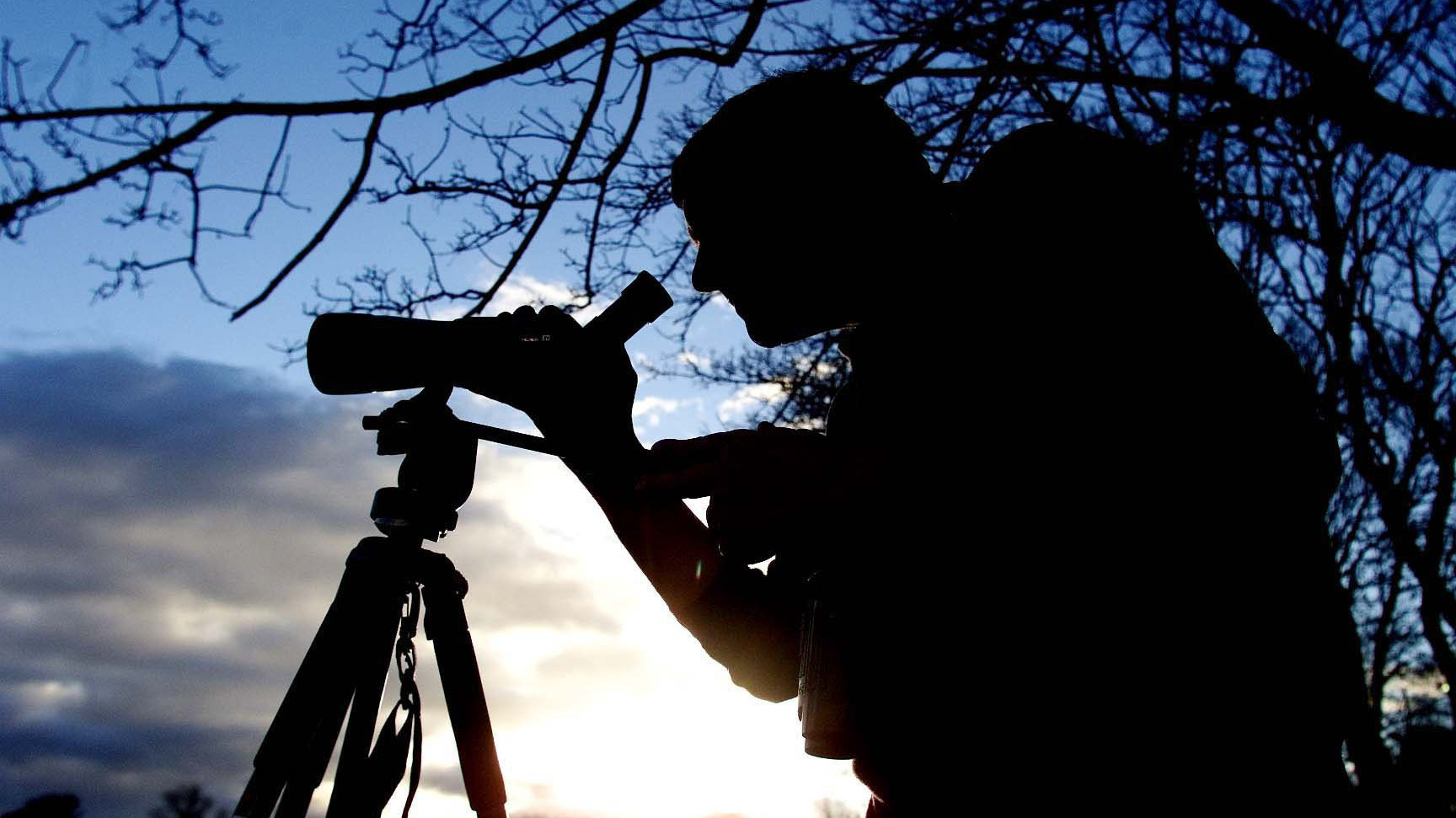Black Hole
May contain traces of nut
I see what you mean, I don't know why findstarlink.com is so specific when it should indicate a time range - my guess is that it is intended for when the satellites are tightly clustered (and therefore more spectacular). I confess I did not realise they would be this spread out, and I'm sure the press (particularly the weather presenter who alerted me to all this on Monday) didn't look into it either.There is obviously a question about how you correlate 60 satellites over a 2 hour period with just a single report of 6 minutes.
Analysing the Heaven's Above figures for tonight (taking the times of maximum altitude, Severn Estuary area), there is a span from 20.56 to 00.55 (I count 132), when FindStarLink just says "21.34". However, in FindStarLink's defence, there is a tighter cluster of brighter predictions starting at 21.34 (first sighting) tonight, with 42 in
FindStarLink has also published this: https://findstarlink.com/uk-apr21.html
I have emailed the site dev re managing expectation.
Last edited:



